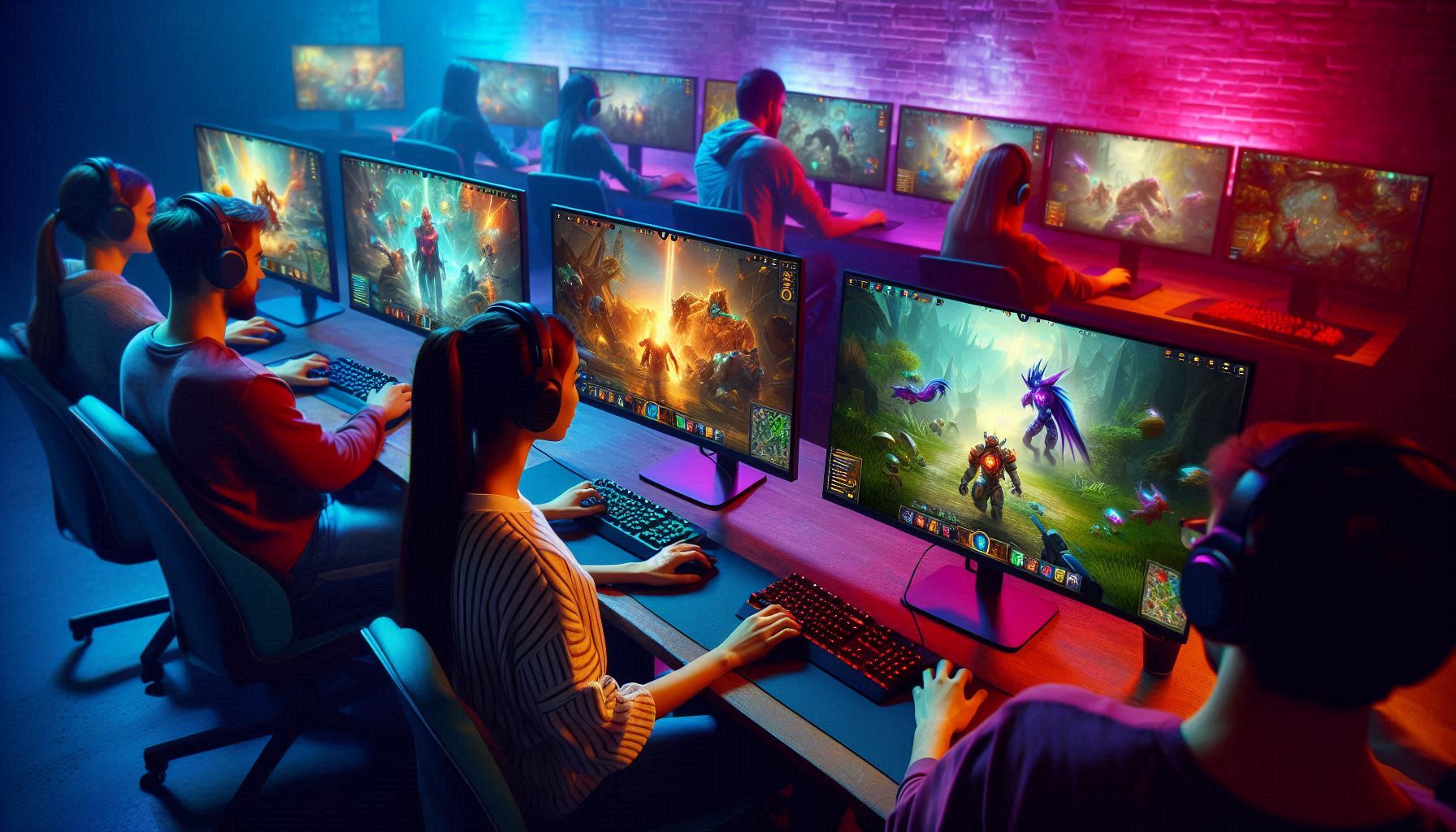
Introduction
Since its launch in 2009, League of Legends (LoL) has become a global gaming phenomenon, boasting over 150 million monthly players and a thriving esports scene. But what makes this multiplayer online battle arena (MOBA) game so enduringly popular? From its accessible free-to-play model to its cultural impact, this article breaks down the six key reasons behind LoL’s unmatched success.
1. Accessible Gameplay and Free-to-Play Model
The most obvious factor in League of Legends’ popularity is its free-to-play structure. Unlike many AAA titles that require upfront payments, LoL removes financial barriers, allowing anyone to download and play. Revenue comes from optional in-game purchases like cosmetic skins, champions, and battle passes, ensuring players aren’t pressured to pay to win.
Additionally, LoL strikes a balance between simplicity and depth. New players can grasp basics like lane pushing and tower destruction quickly, but mastering its mechanics—such as last-hitting minions or coordinating team fights—takes years. This “easy to learn, hard to master” design keeps players engaged long-term.
2. Competitive Depth and Strategic Gameplay
At its core, League of Legends is a competitive MOBA where two teams of five players battle to destroy the enemy’s Nexus. Each match is a dynamic mix of strategy, skill, and teamwork. With over 160 unique champions, each offering distinct abilities and playstyles, players must adapt their strategies to counter opponents.
The game’s ranked mode fuels its competitive appeal. Players grind through tiers (Iron to Challenger) to prove their skills, fostering a sense of progression. Constant meta shifts—driven by patches and new champions—force players to innovate, ensuring no two seasons feel the same.
 3. Regular Updates and Evolving Content
3. Regular Updates and Evolving Content
Riot Games’ commitment to fresh content is a cornerstone of LoL’s longevity. The developer releases bi-weekly updates to balance gameplay, nerf overpowered champions, and introduce new features. Major updates, like the 2022 Durability Patch, overhaul core mechanics to keep the meta exciting.
New champions debut multiple times a year, each with unique lore and abilities (e.g., the chaos-bending Viego or the musical Seraphine). Seasonal events like “Snowdown” or “PROJECT” offer limited-time modes and rewards, while cosmetic skins allow players to customize their favorite champions, generating buzz and revenue.
4. Thriving Esports Ecosystem
League of Legends isn’t just a game—it’s a spectator sport. The LoL Esports ecosystem includes regional leagues (e.g., LCS in North America, LCK in Korea) and global tournaments like the World Championship, where 2021’s finals drew over 4 million concurrent viewers.
These events turn top players like Faker or Uzi into celebrities, inspiring fans to improve their own skills. Platforms like Twitch and YouTube amplify reach, with streamers like Tyler1 or Pokimane entertaining millions daily. Riot’s investment in high-production broadcasts, complete with analyst desks and CGI intros, rivals traditional sports, legitimizing esports as mainstream entertainment.
5. Strong Community and Social Features
LoL’s social framework keeps players connected. The game encourages teamwork through voice chat and ping systems, making it ideal for groups. Features like Clash (weekly tournaments) and the Friends List foster camaraderie, while forums and subreddits (r/leagueoflegends) let fans discuss strategies and memes.
User-generated content also plays a role. From fan art to cosplay, players celebrate LoL’s universe creatively. Content creators on YouTube and TikTok dissect patches, showcase montages, or parody in-game culture, strengthening community bonds. Even toxic behavior has spurred Riot to implement systems like Honor rewards to promote positivity.
6. Cultural Impact and Global Reach
Beyond gaming, League of Legends has permeated mainstream culture. The Netflix series Arcane, set in LoL’s universe, won an Emmy and attracted non-gamers to the franchise. Virtual bands like K/DA (featuring champion personas) have topped music charts, blending gaming with pop culture.
Riot’s localization efforts ensure global relevance. Servers in regions like Brazil, Turkey, and Southeast Asia cater to diverse audiences, while translated dialogues and region-specific events respect cultural nuances. This worldwide appeal makes LoL a universal language for gamers everywhere.
Conclusion
League of Legends’ popularity stems from its perfect storm of accessibility, depth, and community. By evolving with player needs, nurturing a competitive ecosystem, and expanding into broader culture, Riot Games has cemented LoL as more than a game—it’s a lifestyle. Whether you’re a casual player or an aspiring pro, LoL’s ever-changing world offers endless opportunities for excitement.
Ready to join the battle? Download League of Legends today and discover why it’s dominated the gaming world for over a decade.






Leave a Reply